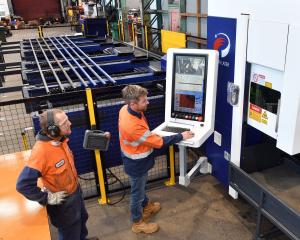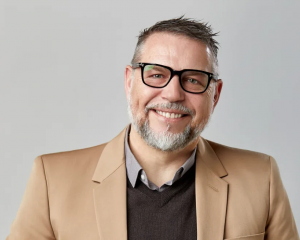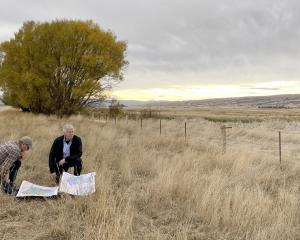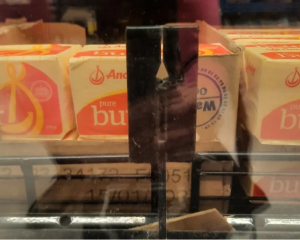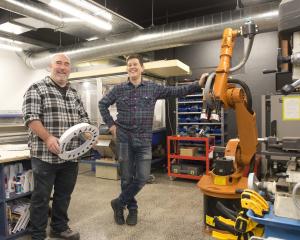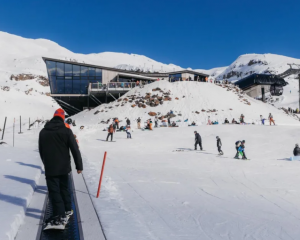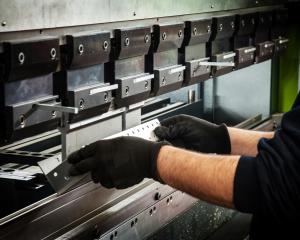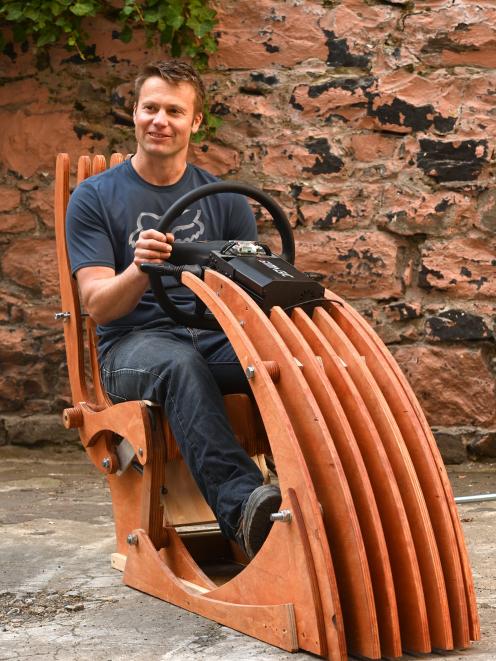
For the past few years, Rhys Gardner has poured his energy into developing a high-tech driving simulator to create a virtual reality driving experience.
The project took a major step forward yesterday with the announcement in Timaru that the simulator would be piloted in secondary schools in Mid and South Canterbury this year.
Developed by Dunedin firm Gfactor Technologies, of which Mr Gardner is chief executive, it was co-funded by the New Zealand Centre of Digital Excellence (Code) and commissioned by Venture Timaru, the Timaru District Council and Fulton Hogan.
Last month, Code — a Dunedin hub designed to advance the expansion of New Zealand’s growing video game development industry — dished out its first grants to new and emerging local studios, and Gfactor Technologies received $150,000 to launch educational driving simulation game CoDriVR.
The goal was a virtual reality driving experience without the cost, risk and stress of actually driving.
The initial focus would be on driver distractions and additional functionality would be added over time.
Upon full development, the simulator had potential application in schools nationwide.
The simulator created a three-dimensional experience of driving on "actual" local roads, with the traffic and distractions encountered there.
A reward and penalty system would allow drivers to track improvements across various aspects of driving.
Preview work done in schools had been "just testing stuff" and the launch of the pilot programme was a significant moment, Mr Gardner said.
The partners in the Canterbury pilot had been "awesome"; they had approached the business and asked if they could do something, and Gfactor Technologies had put together a proposal.
"We needed some grunty partners to get this thing off the ground. It’s been huge, we looked for that kind of relationship for probably a year to 18 months."
While the software had been built for South and Mid Canterbury, the rollout to other regions could be fairly rapid, he said.
Young driver-related crashes claimed, on average, 130 young lives and caused more than 1000 serious injuries every year in New Zealand, with an all-up social cost of $2.09billion a year.
In Mid and South Canterbury, there were, on average, five fatal and 25 serious injury young driver (15-24 years) related crashes a year from 2016 to 2020.
Mr Gardner said young people could only learn to drive by doing it — "you can’t learn a skill set by reading a book".
"But simulation is still actually doing it; it’s the same experience without the consequences."
He wanted to see mastery of driving recognised as a skill set worthwhile for teens to pursue.
A driving skill set had given him various opportunities, including a career in motorsport — "plus I’m alive", as those skills had saved him from several "really close calls" in response to decisions made by other drivers.
For Mr Gardner, Gfactor Technologies was more than just a job; it was a passion and he loved the complexity, difficulty, "sheer grit and tenacity" it required.
Saving one life would be payback for the work that had gone into the project, while it would also be worthwhile if it stopped a teenager from looking at a cellphone on the passenger seat while they were driving.
His own family had gone through the consequences of a road accident — "that ... never goes away" — and he was well aware of the effect it had on extended families.
Gfactor Technologies had a team of six, which was soon to become seven, all in Dunedin.
It was lean, but Mr Gardner believed that lack of resources had spurred "huge innovation".
"I don’t believe in throwing unlimited resources at a problem because I think constrained resources come up with unique solutions. We live and breathe this stuff," he said.
Comments
I hope its better than the one in Chch a decade ago. I used it a few times and at one school the kids just wanted to get to 200kph and see who could have the most crashes. That particular one went up north as it couldn't funding or publicity down here.


